Christeen Grant of Sitamani
October has been a busy month, not much time at home to explore, so few sightings. There was a final snowfall at the beginning of the month, then the weather settled into a summer pattern, regular thunderstorms, rain and misty days between hot ones.
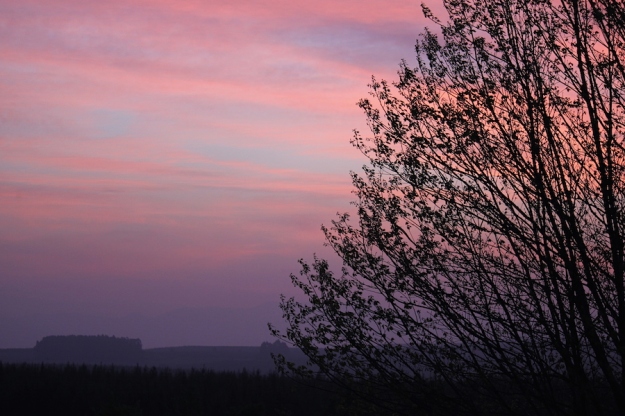
One misty day a pair of Common Reedbuck ventured close to the house, unhurriedly grazing as the passed by. I had several close-up encounters on different predawn mornings with individual Reedbuck.

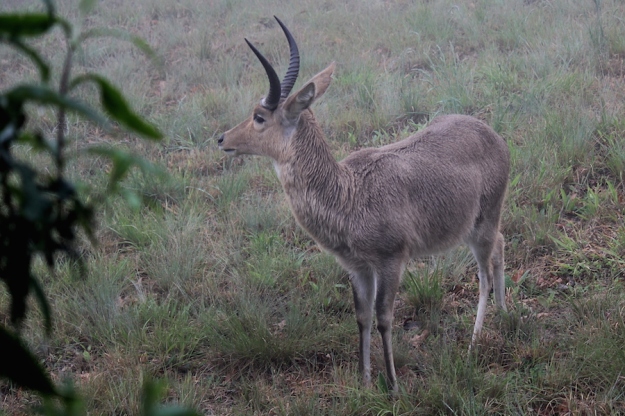
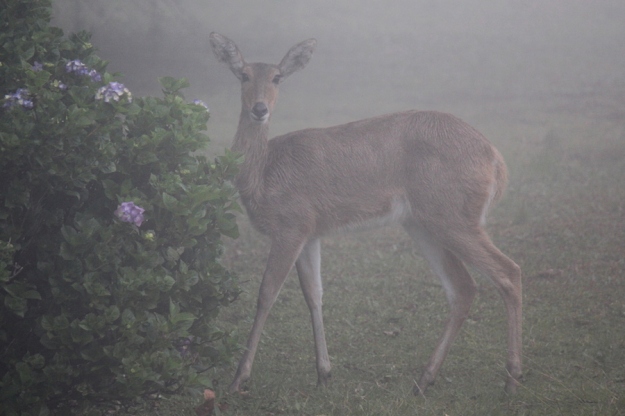
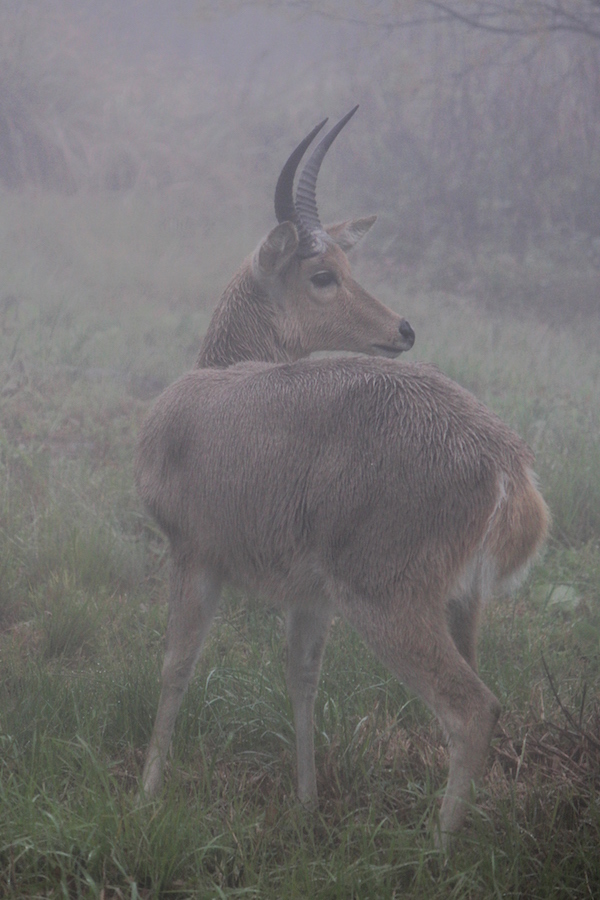
The moist conditions have produced many flowers, they sparkled at me as I passed by. The few I managed to find time to photograph were Asparagus africanus, Monopsis decipiens and Oxalis smithiana.
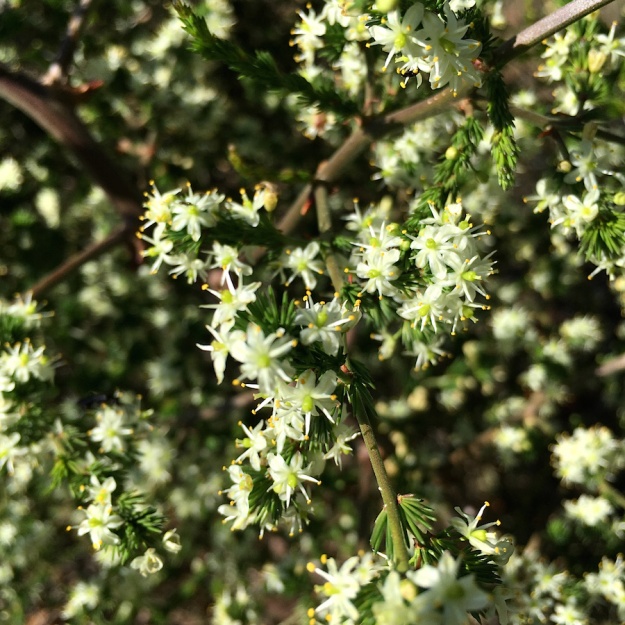
Asparagus africanus

Monopsis decipiens
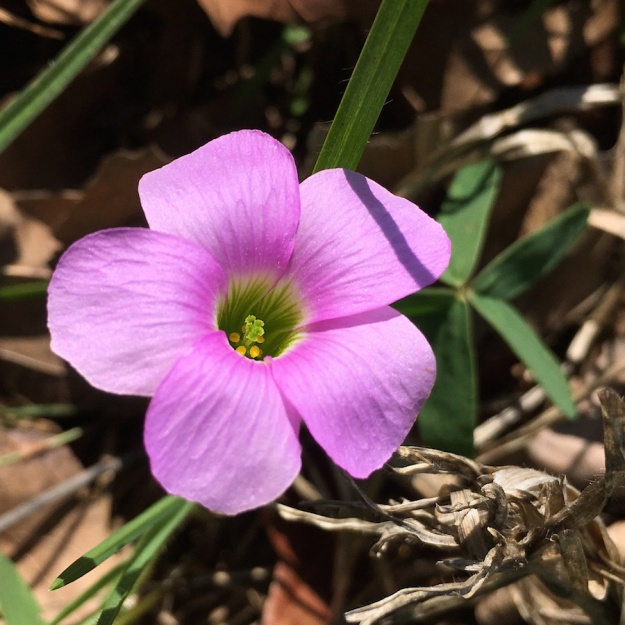
Oxalis smithiana
A tiny Lacewing sp. perched on the kitchen towel.
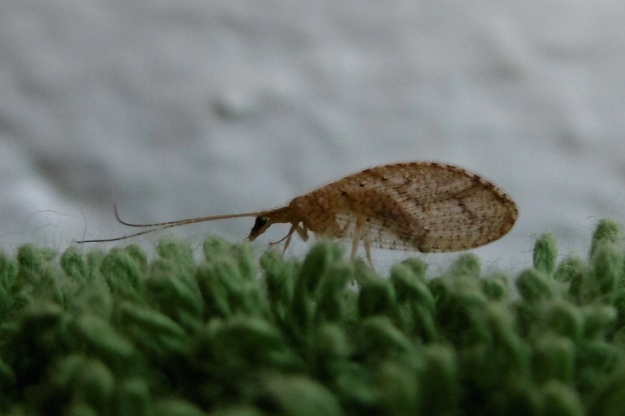
Lacewing
There have been several lovely moths including these two, an Emerald sp. and one unidentified.
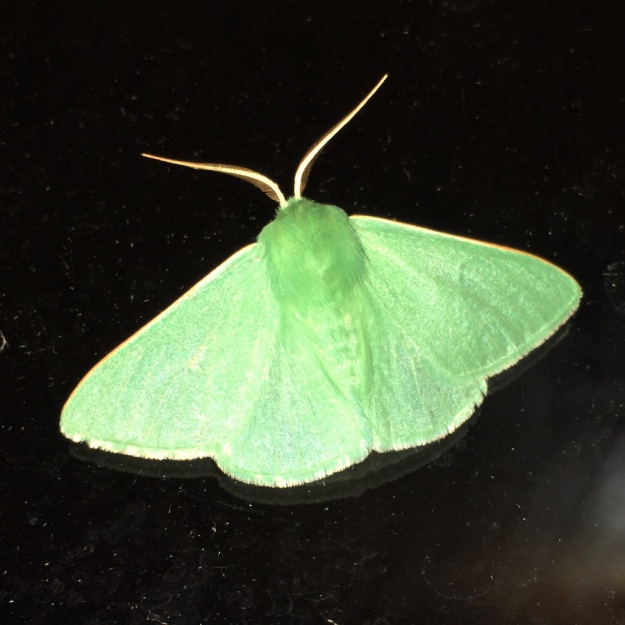
Moth – Emerald sp.
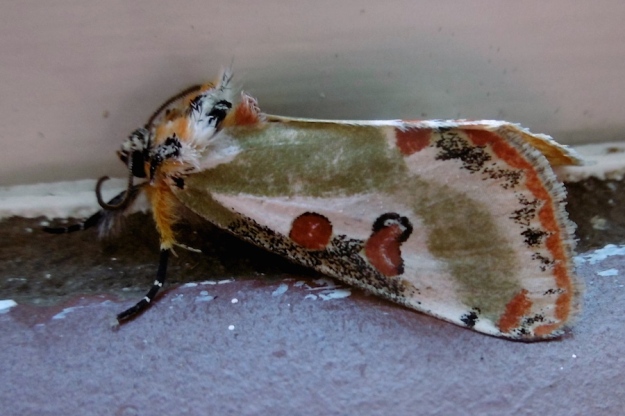
Unidentified moth (suggestions welcome)
Tiny Dunce Caps, Conocybe tenera; popped up in the lawn after rain as did a False Earth-star.
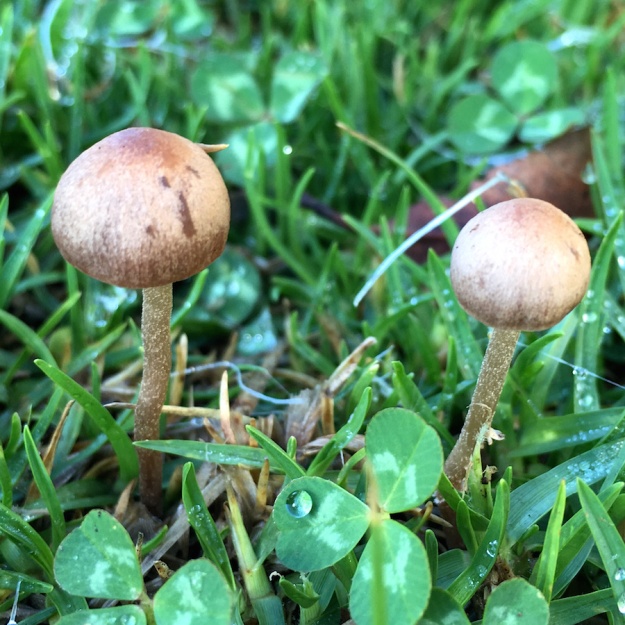
Tiny Dunce Caps – Conocybe tenera
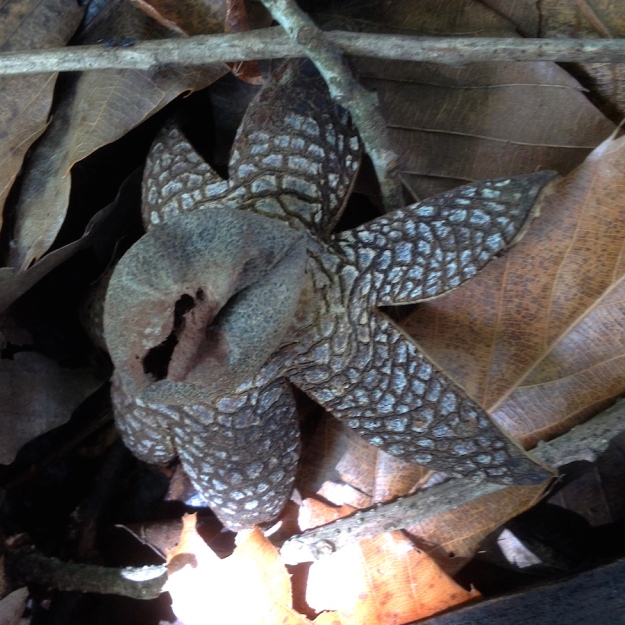
False Earth-star
The Village Weavers have been very busy in the Pin Oak and in an adjacent Plane Tree Spectacled Weavers have built a few nests. The Piet-my-Vrou, Red-chested Cuckoo finally started calling on the 19 October. I also saw an African Harrier-Hawk flying by.
Caroline McKerrow of Stormy Hill
I’ve seen the pair of Reedbuck a few times this month. I also had some Woodland Dormice in the ceiling until the cats dispatched them. Check the fluffy tail. The other one got eaten.
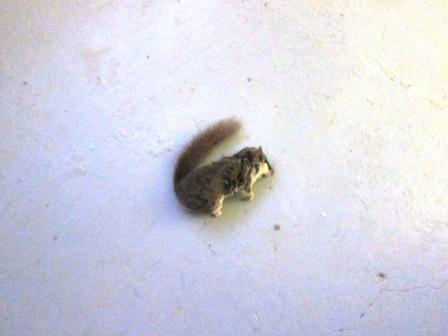
All the birds are busy in their nests. The Hadedas and Weavers have been building nests in the bird tree. The Speckled Pigeons are all over the place and the Red-winged Starlings are making messy nests on top of the lights in the shed. Swallows are also back making muddy nests. The Mousebirds got cold one lunchtime and formed a ball.

Crystelle Wilson of Gramarye
The onset at last of the rainy season is so welcome, that one doesn’t mind days of grey, mizzling weather – which is no good for taking great photographs. It also doesn’t put a damper on the excitement of seeing a pair of Wattled Cranes looming large right next to the road.
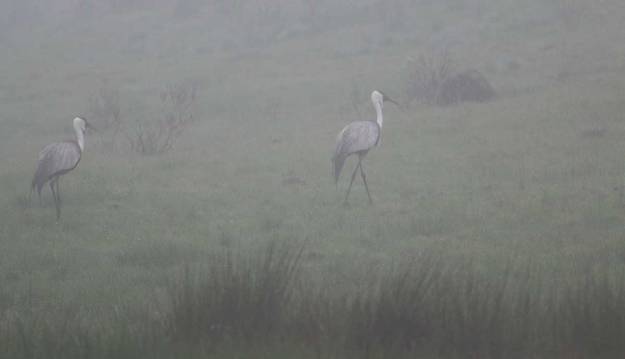
Wattled Cranes
And it is always pleasing to see Grey Crowned Cranes, there were a group of six on The Drift one morning, flying off north
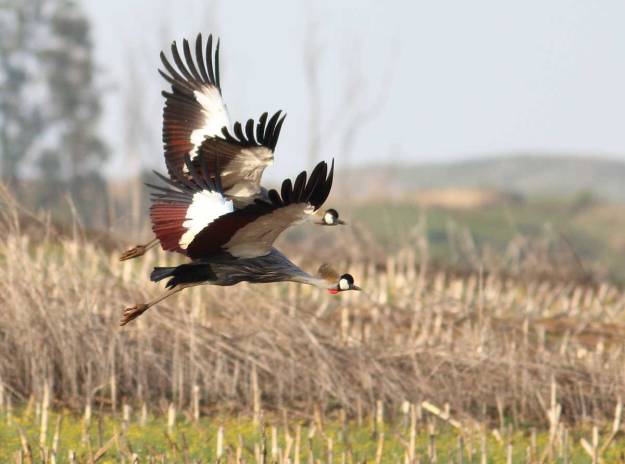
Grey Crowned Cranes
The atlas list for the Elandshoek pentad 2935_3000 included: Red-capped Lark, African Dusky Flycatcher, Klaas’s Cuckoo, Black Crake, Blue Crane, Great Egret, African Darter, Greater Striped Swallow, Jackal Buzzard, Cape Grassbird, African Reed-warbler
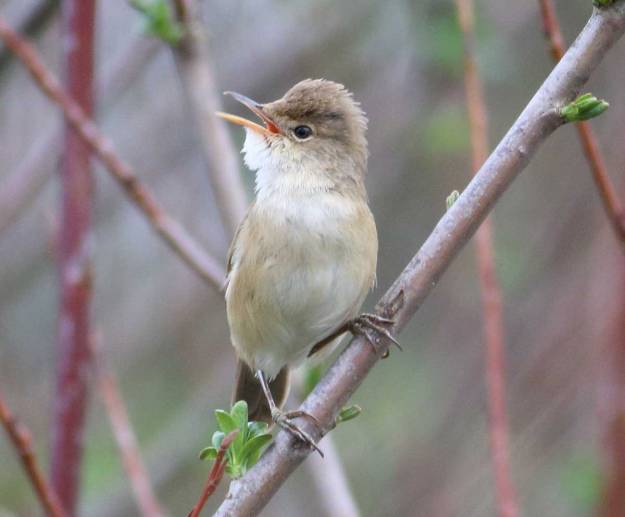
African Reed-Warbler
Red-necked Spurfowl, Dark-capped Yellow Warbler

Dark-capped Yellow Warbler
Burchell’s Coucal, Bokmakierie, Cape Sparrow, Red-eyed Dove, Speckled Mousebird, African Paradise-flycatcher, Black Saw-wing, , African Hoopoe, Pin-tailed Whydah, Olive Thrush, Spur-winged Goose
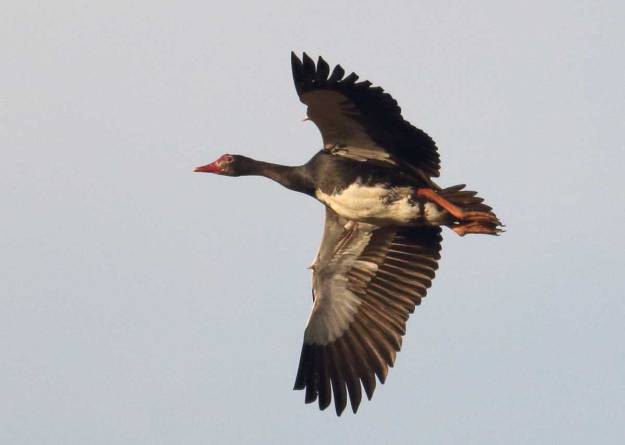
Spur-winged Goose
Lanner Falcon, Southern Grey-headed Sparrow, Red-billed Quelea, House Sparrow, Fan-tailed Widowbird, Cattle Egret (closely roosting overnight near the dam)
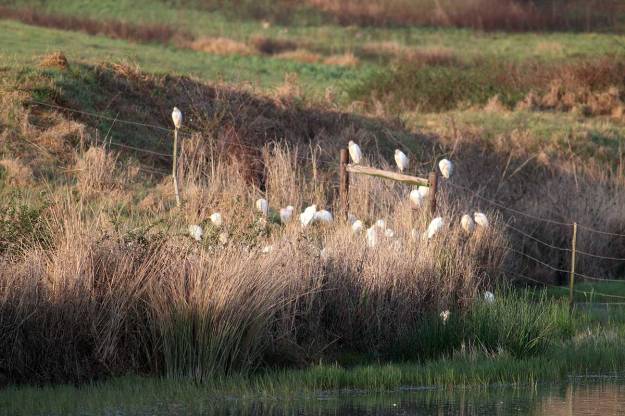
Cattle Egret
Reed Cormorant, White-breasted Cormorant (also at the dam on a tree in the island where it was perching room only)
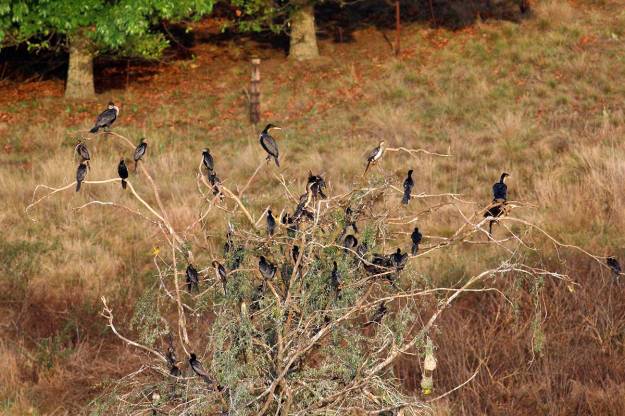
White-breasted Cormorant
Cape Longclaw, Southern Red Bishop, Cape Crow, Cape Robin-chat, Fork-tailed Drongo, African Pipit,
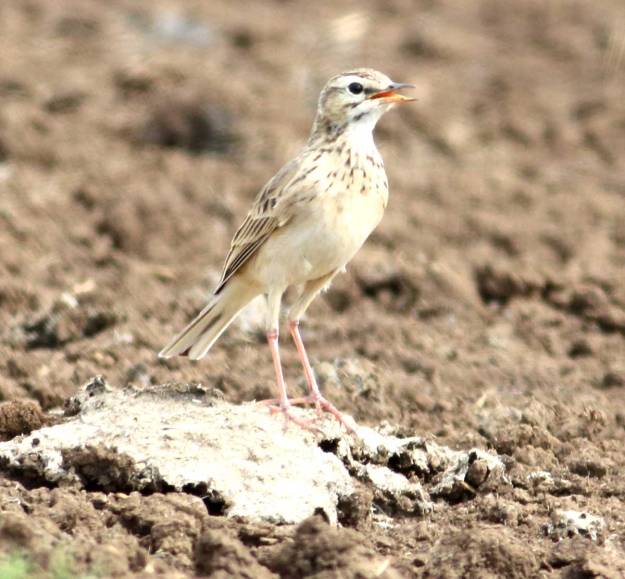
African Pipit
Red-collared Widowbird, Village Weaver, White-throated Swallow, Cape Weaver
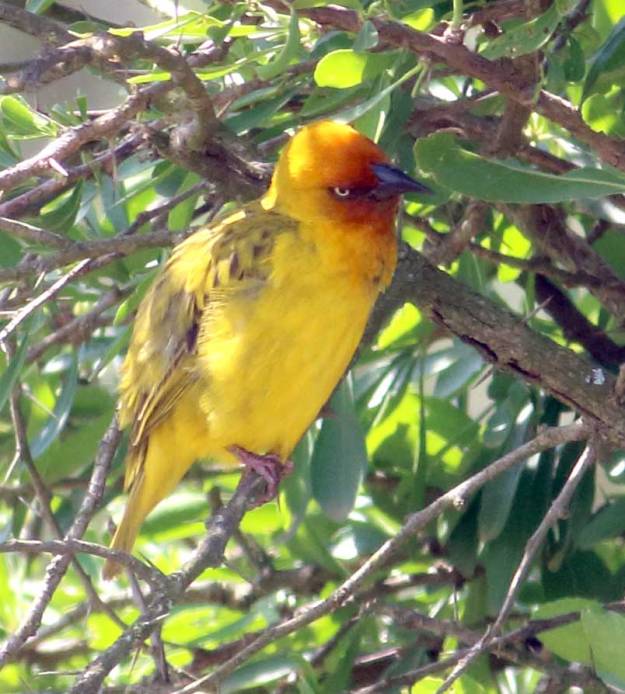
Cape Weaver
Brown-throated Martin, Southern Fiscal, African Sacred Ibis, Bar-throated Apalis, Little Grebe, Levaillant’s Cisticola, Cape Wagtail, African Spoonbill (taking a break from feeding)
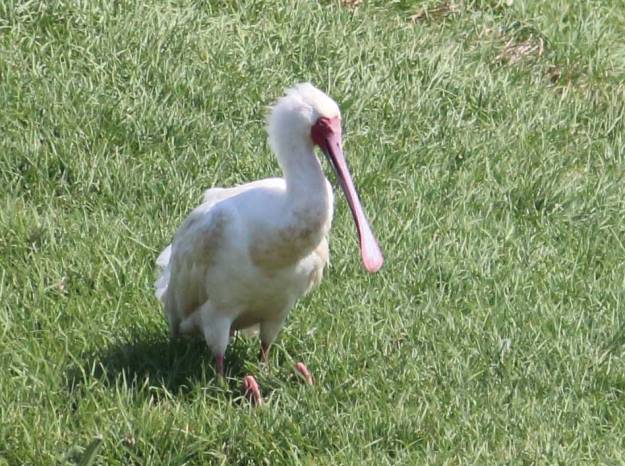
African Spoonbill
Common Waxbill, Cape Turtle-dove, Pied Starling, Grey Crowned Crane, Red-chested Cuckoo, Helmeted Guineafowl, Amethyst Sunbird, Dark-capped Bulbul, Southern Double-collared, Sunbird, African Stonechat, Cape Canary, Cape White-eye, African Fish-eagle

African Fish-Eagle
Drakensberg Prinia, Southern Boubou, Forest Canary, Hadeda Ibis, Egyptian Goose (the gosling turning into gangling teenagers)
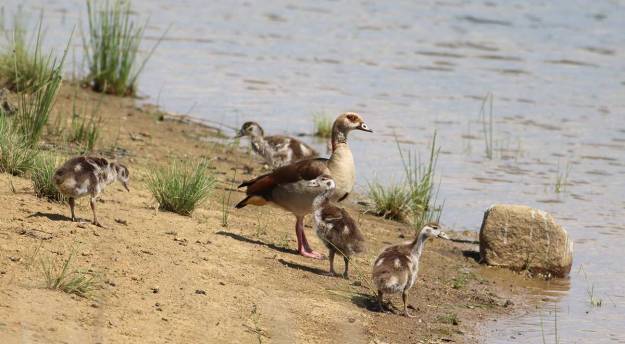
Egyptian Geese
Red-knobbed Coots were feeding three newly-hatched chicks
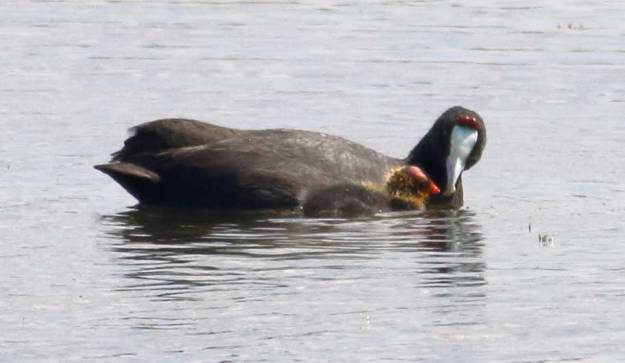
Red-knobbed Coot
Blacksmith Lapwing, Yellow-billed Kite, Black-headed Heron, Yellow-billed Duck
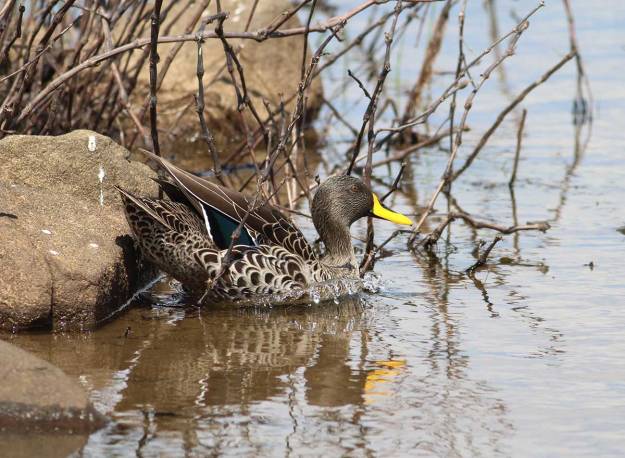
Yellow-billed Duck
Lovely sightings, thank you Caroline and Crystelle for your contributions! We too have Dormice in residence…. 😉
LikeLike
Thanks Christeen. They ate through my ceiling so I was quite glad when the cats did their job. They are lovely though. I just wish they had kept their little teeth to themselves.
LikeLiked by 1 person